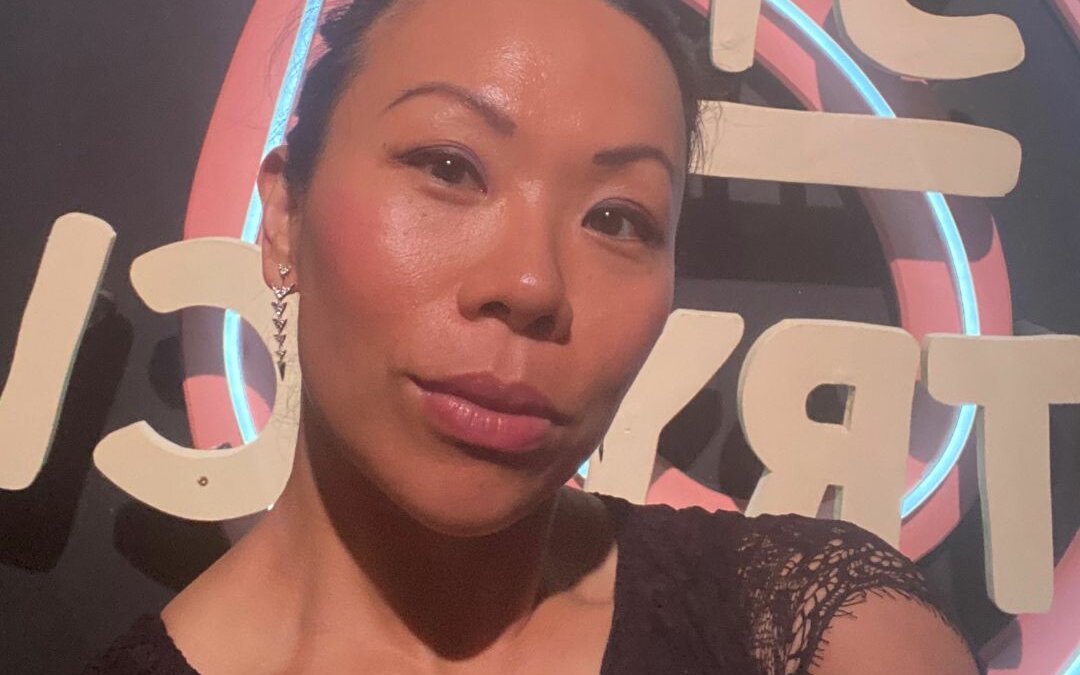The goal of this blog is to help you choose your practitioner not just to do good work but also to support you if things go wrong. I will share 7 things to ask your practitioner to avoid the silent treatment if you have concerns or if something does not go according to plan.
Unfortunately getting ghosted by your aesthetic practitioner when something goes wrong can happen.
More often than I would like to hear from women who reach out to me to get a second opinion and advise when they are concerned of the results or complications arising from their cosmetic treatment and their treating practitioner are not responding to them.
Cosmetic treatments (including facials) can have a positive life changing effect but they ALL have potential risk, side effects and complications. Although rare, it’s important for you as a client/patient/consumer to be aware of them and for the practitioner to know how to manage these if it does arise.
How practitioners manage these potential concerns and complications come with knowledge, experience and the willingness to support their client/patient even when they are not happy with the outcome Unfortunately I do see practitioners go silent from what women tell me and it’s scary for them when they don’t know what is happening and if the recovery process is all “normal” as expected.
In the UK, the aesthetic industry is self-regulated.
This means the government put the responsibility onto the practitioners to uphold the quality of their care. There will be practitioners like myself who do everything by the book to ensure the treatments and care we provide is of the highest quality and there will be people who try to cheat the system.
Don’t be swayed by cheap prices and discounts.
The worry when things go wrong and your treating practitioner does not respond to you even after many attempts is not worth it.
Here are 7 questions to ask so you can make the best informed decision for yourself.
- When you’re seeing a new practitioner, ask them if they have insurance to cover their cosmetic practice. Insurance cover is there to protect the practitioner as well as the patient/client/consumer.
2. Ask to see their insurance certificate which you can take a picture of. This will include how long they are insured for, who they are insured with, what treatments they are covered for and their insurance number.
3. Find out their title and who is their governing body? Eg. GMC (General Medical Council), GDC (General Dental Council) or NMC (Nursing & Midwifery Council).
4. Ask their full name
You would be surprise how many times I’ve had patients requesting a second opinion only knowing their practitioner by their first name only and not knowing their qualification.
It’s easier to locate a practitioner and raise concerns if they are registered with a governing body that they are accountable to.
5. Make sure you have 2 weeks cooling off period to confirm they are who they say they are.
6. Request a treatment aftercare sheet including who to contact (not a call centre) if there is a problem. Get a phone number and email.
7. Request for product information and placement
This helps if you ever need a second opinion and the new clinic does not have a copy of your notes because you can’t get hold of the treating practitioner.
If there is a problem and if you are getting the silent treatment from your treating practitioner, here’s what you can do next.
- See your GP (helpful if they are also verse in aesthetic treatments)
- Go to A&E (to make sure there’s no infection or problem that will require assessment from a plastic surgeon)
- See another aesthetic practitioner for an assessment and second opinion (this will often require a private fee).
I hope this blog helps.
Dr Terry

